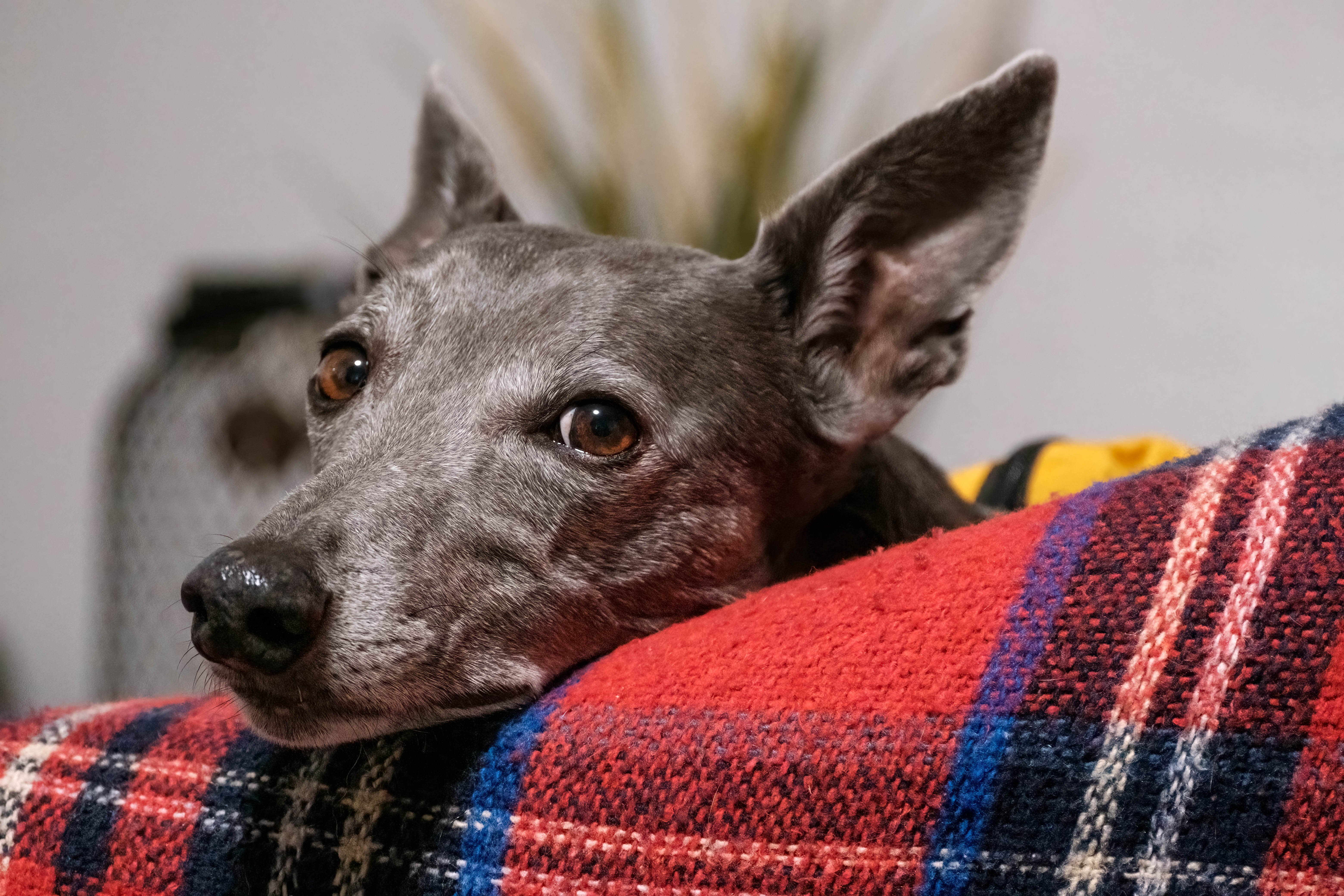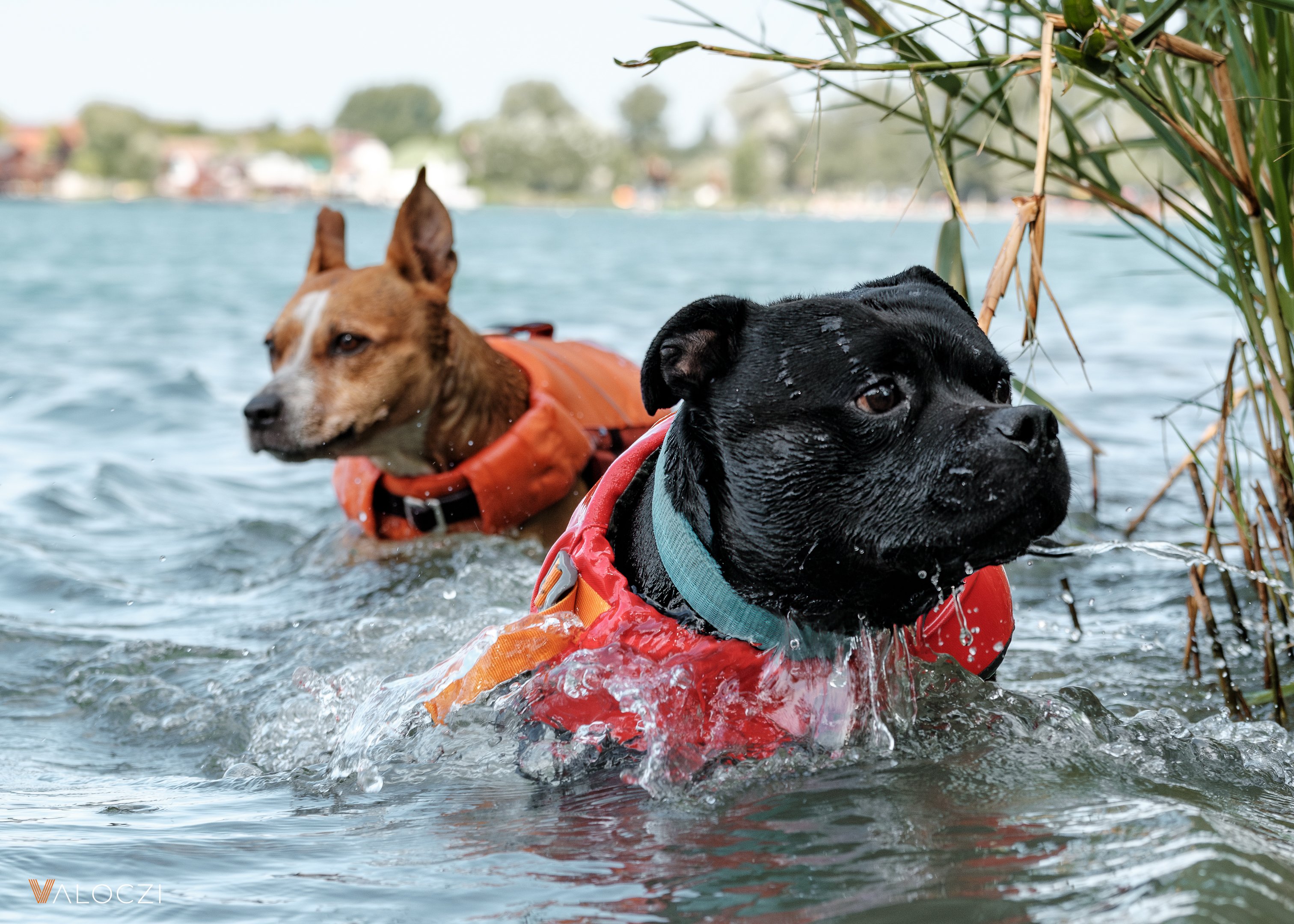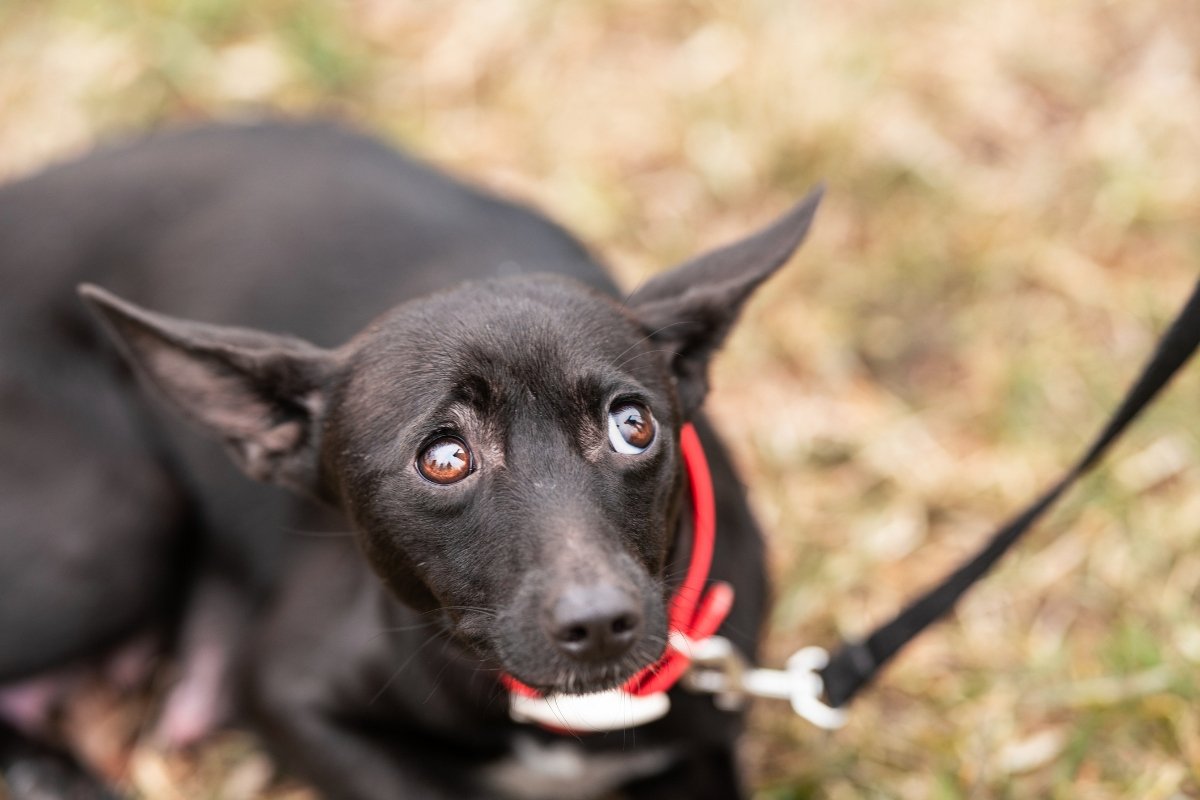8 things that dogs hate, but people still do
Published: 2025. 06. 02 - Photos: welovedogz.hu; Getty Images Hungary • 5 minutes reading

Published: 2025. 06. 02 - Photos: welovedogz.hu; Getty Images Hungary • 5 minutes reading

Of course, no two four-legged friends are exactly alike, but in the following, we've tried to gather things that dogs often dislike.
Of course, there will be unavoidable things, such as nail trimming or vet visits, but it doesn’t hurt if we try to avoid the ones we can. Of course, no two four-leggeds are the same, but in the following, we have tried to collect things that dogs often hate.

For a human, it’s natural to want to express love and devotion through physical contact. However, anyone who knows the communicational signs of dogs can easily see that, for example, in the huggy photos and videos shared on social media, most dogs do not enjoy this kind of approach. More precisely, they show signs of stress. This is not that surprising, since hugging is a difficult-to-understand and interpret behaviour for dogs.
Dogs are designed for fast running, which means that in case of stress or threat, the first line of defence for this animal is not its teeth, but the ability to run away. Behavioural researchers believe that if we block this escape option with a hug, it can increase the dog’s stress level, and if the dog’s anxiety becomes intense enough, it might even be forced to bite.
You can read more about the topic here.
Dogs don’t just love walking for the movement – it’s one of the ways they explore the world. They primarily orient through their sense of smell, and only secondarily use other senses (in contrast to humans, who mostly perceive through sight).
If you pull your dog on a walk and don’t let them sniff or mark, you are being unfair. It’s like someone dragging you through your favourite shop not letting you stop and look around – pretty frustrating, right? Always allow enough time for your dog to explore its environment calmly.
3.) Forcing into uncomfortable situations
We all know it: the dog stops and refuses to go in somewhere or to do something. If you force them to enter such a scary situation, you only raise its stress level. Although, just like with humans, avoiding all discomforts is not necessarily a good technique, it’s also not a good tactic to force these situations thoughtlessly. A better method is gradual habituation: start from a safe distance and reward them for staying calm. Slowly increase the exposure and always reward calmness.
In case of more serious phobia, it’s worth seeking help from a trainer or behaviour expert.
 Try to gradually accustom your little companion to situations that are uncomfortable for them / Photo: welovedogz.hu
Try to gradually accustom your little companion to situations that are uncomfortable for them / Photo: welovedogz.hu
It may seem like your dog doesn’t need rules, but actually it does. If it behaves “badly”, it might be because you haven’t taught it what acceptable behaviour is. Training and rules give structure to its life.
No one likes to be yelled at or treated harshly. In the case of a sensitive or fearful dog, yelling and punishment only increases the stress, but of course even a confident four-legged doesn’t enjoy it either. Fear is not the same as respect, and it doesn’t strengthen your bond.
Positive reinforcement is the most effective training method. If you don’t want them to do something, redirect them to an acceptable behaviour instead of yelling or hitting. Teach it, for example, the “drop it” command, and it’s also essential that they responds to recall. With these, you can prevent it from doing something dangerous or forbidden.
 With punishment-based training, at most we achieve that our dog will fear us.
With punishment-based training, at most we achieve that our dog will fear us.
A dog’s sense of smell is 10,000–100,000 times more sensitive than ours. They usually love all sorts of smells, but strong fragrances and chemicals can disturb or even irritate them. Don’t spray anything directly on your dog, and it’s also worth considering what kind and how much air freshener, home scent, or scented candle you use at home. Use your own products (perfume, hairspray, etc.) away from the dog, and make sure they’re not toxic for it.
Dogs are social beings who usually hate being alone. Some are comforted by the presence of another dog, but many only long for human company. In extreme cases, they can experience anxiety or fear if left alone. Of course, we know that owners have to work and have other commitments, but the time spent apart can be well compensated by giving them lots of attention when you are home, and filling the time with meaningful activities and play.
 If the owner doesn’t have enough time for the dog, it may be worth considering a kennel / Photo: welovedogz.hu
If the owner doesn’t have enough time for the dog, it may be worth considering a kennel / Photo: welovedogz.hu
There are ups and downs in life – we can’t always be happy. But it’s important not to forget that your dog feels your emotions due to the close bond between you. If you struggle with depression, stress or grief, it will affect them too. Some dogs absorb your emotions and can become sad or even sick, others become frustrated and “misbehave” to signal they want more attention, movement or stimulation. Do what you can: try to keep the daily routine, and spend time with your dog. If the low point is too deep, it can also help to ask a friend or relative who gets along well with your pet to take it for a longer walk while you process your emotions in your own quiet – or loud – way.
Follow us!
facebook instagram youtube spotifyRelated articles

Advantages and Disadvantages of Wet Food for Dogs: We Point Out Some Surprising Things
Health • 3 minutes
How to keep your dog safe outdoors during the cold winter
Care • 5 minutes
Is your dog's paw slipping too often on the floor? Here's what you can do to help
Care • 3 minutes
As the temperature drops, your dog's skin becomes more sensitive: how to care for it properly
Care • 3 minutes